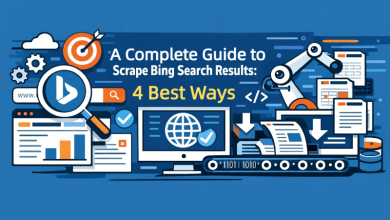Manual takeoffs slow down good precon teams. You chase changes, trace long runs, and clean spreadsheets while deadlines close in. The hours go to counting instead of pricing and value engineering.
That is why many teams now lean on utility takeoff software to handle the heavy lift. You still make the judgment calls, but the tool pulls reliable numbers for trench length and depth, pipe by size and material, key structures like manholes and inlets, and earthwork volumes such as cut, fill, bedding, and backfill.
The result is simple. More time for strategy. Fewer late nights. A stronger bid.
Why manual takeoffs limit your bid volume
The bottleneck is not a mystery. It shows up every busy week.
- Limited bid capacity means good opportunities sit while the last set finishes
- Subs and suppliers reply late because they wait on quantities
- The work that wins bids, like value ideas and sharper pricing, takes a back seat to tracing PDFs
- Many teams spend 10 to 40 hours per project on utility and sitework counts
- Delays lead to missed deadlines and lost revenue
If most of your day goes into measuring, it does not go into winning the job.
What the best utility takeoff software should deliver
You need speed, accuracy, and clean handoffs to estimating. Look for:
- Turnaround in 24 to 72 hours with a human QA check before delivery
- Drawings understood like an estimator by reading notes, specs, profiles, and sections, not only shapes
- Change awareness so plan revisions from addenda do not force you to start over
- Estimate-ready exports that drop into your Excel templates, RFQs, and procurement sheets with no cleanup
- Utility depth across pipe runs by size and material, fittings and bends, valves and hydrants, structures, duct banks, bores, laterals, cut and fill, bedding, cover, and grading
Tools like Beam AI focus on fully automated, QA-reviewed takeoffs that land on your desk fast. Teams often save about 90 percent of takeoff time and get back 15 to 20 hours each week. Many use that time to send out twice as many bids with the same headcount.
How AI shifts your day back to pricing
An AI-assisted process reduces the grind without changing your standards. You still define scope and review results. The software reads the plan set, finds pipe lengths by diameter and material, totals structures and fittings, and computes trench and earthwork volumes. Instead of spending days clicking through 100s of sheets, you review a clear file that matches your estimating format. That frees space for work that moves the needle.
- Ask for quotes sooner so suppliers have time to respond
- Tighten alternates and value options while there is still runway
- Flag risks earlier on deep cuts, long bores, and crossing conflicts
- Keep internal teams aligned on one set of quantities
This is where Beam AI helps. It detects plan changes, reads the fine print in specs and notes, and returns files you can use to submit your bid. You shift from counting to decision making.
From Time Saved to Jobs Won
Speed matters only if it turns into better outcomes. Use the time saved to bid smarter..
- Submit earlier. Early quantities raise response rates and reduce price padding
- Improve pricing. Use the time to pressure-test assumptions and find cost breaks
- Coordinate vendors. Share clear counts for pipe, structures, fittings, and trench volumes, then confirm lead times
- Keep a short change log. When addenda arrive, refresh quantities and share updates the same day
- Standardize the handoff. Lock one export template for estimates, RFQs, and buyout so nothing gets retyped
Quick checklist before you choose a tool
Run a small pilot and score each option on the basics that matter in precon.
- Turnaround: Do you get results in 24 to 72 hours with QA review
- Accuracy: Does it read specs, notes, profiles, and sections, not just geometry
- Revisions: Can it detect addenda and return updates without manual rework
- Formats: Do exports match your Excel and RFQ templates out of the box
- Coverage: Does it handle pipes, structures, fittings, duct banks, bores, laterals, cut and fill, bedding, cover, and grading
Manual takeoffs keep teams busy but cap bidding capacity. Utility takeoff software gives you accurate quantities for pipes, structures, and earthwork in hours, not days. You spend more time on pricing and risk and less on tracing.
That shift helps you submit more bids with the same team and win more work. Tools like Beam AI make the change practical by automating takeoffs, QA-reviewed, and returning bid-ready files you can trust.


